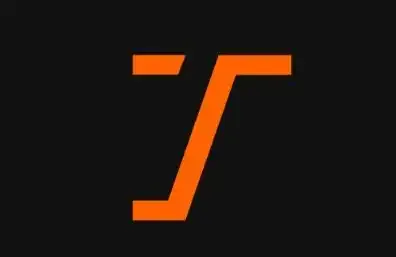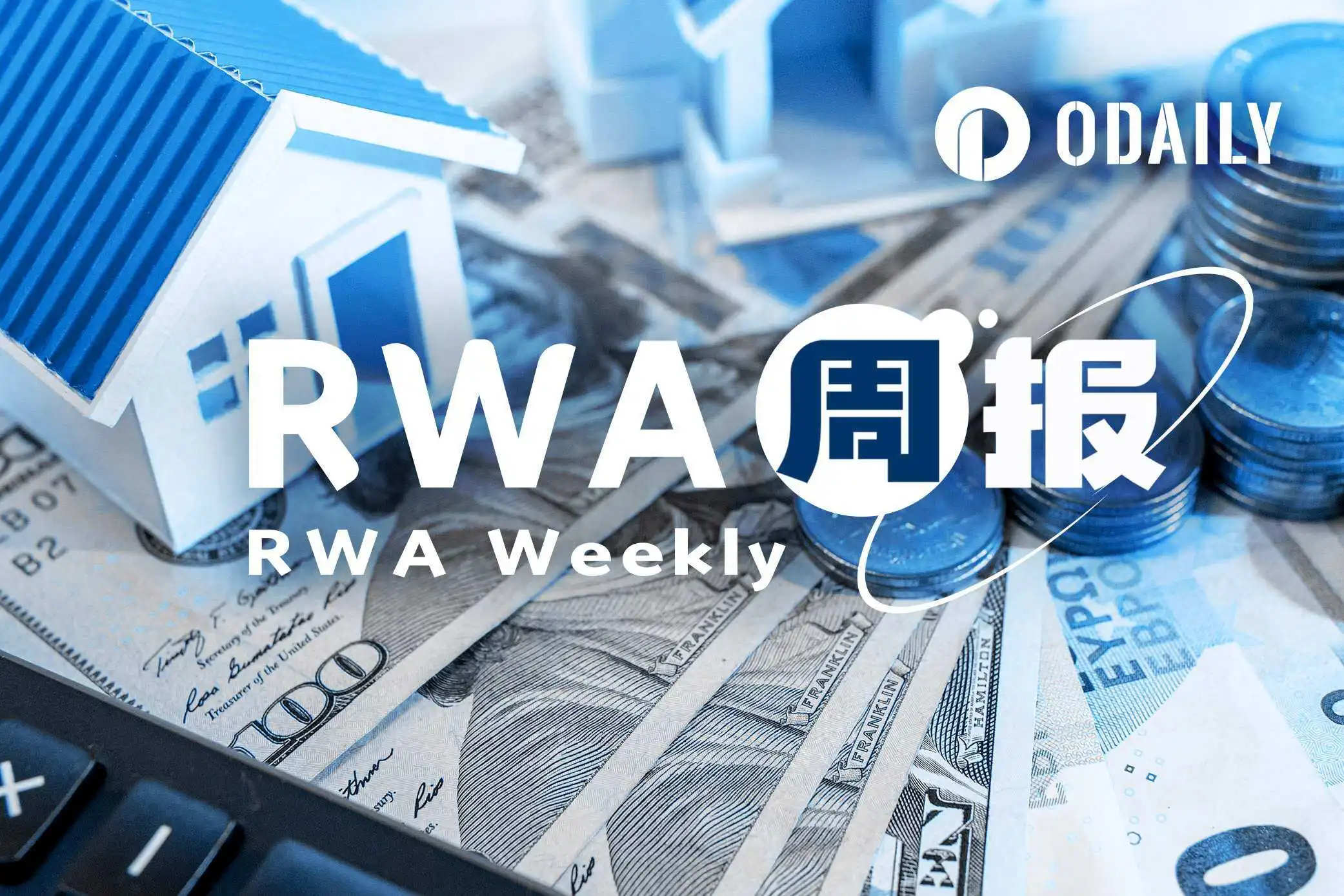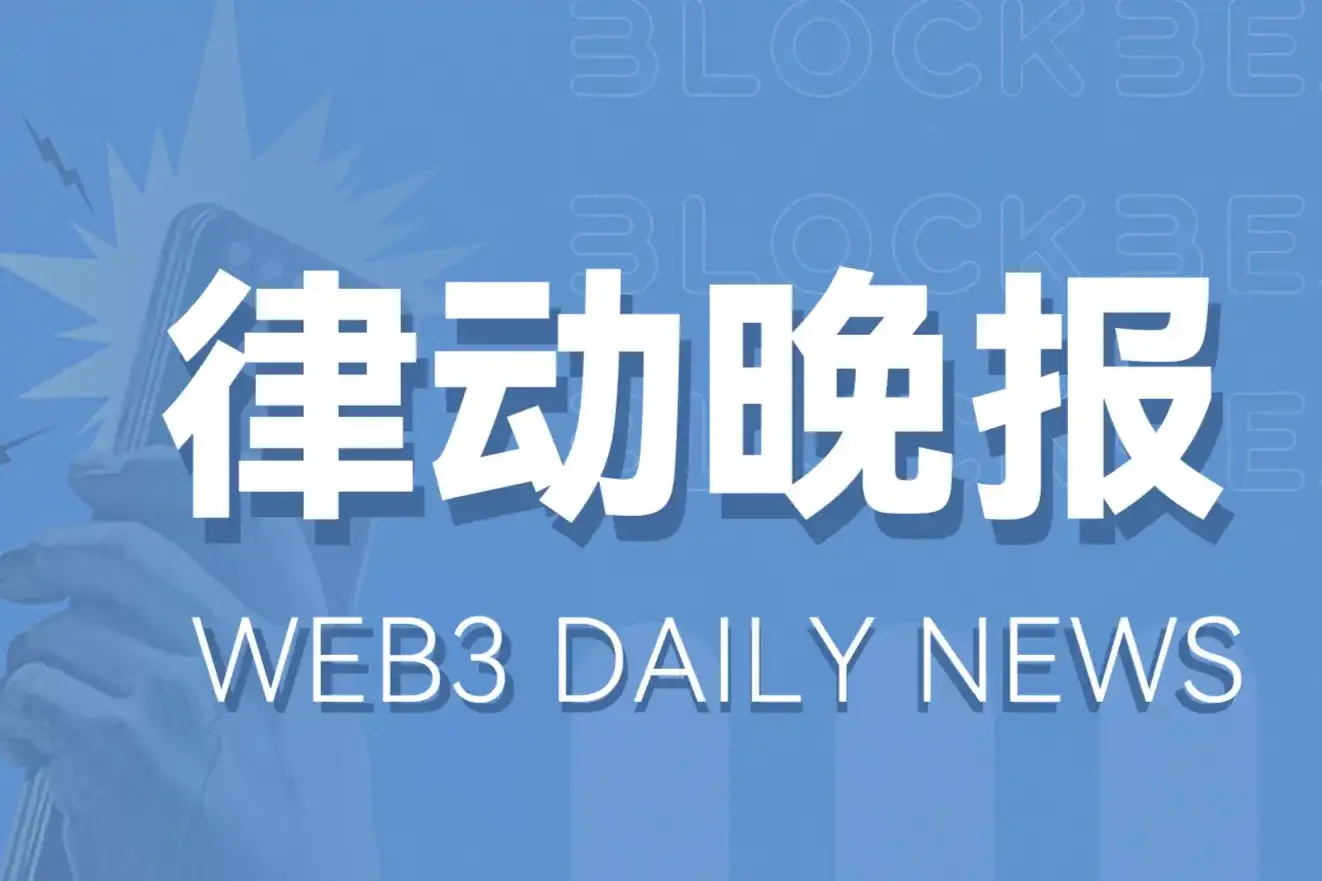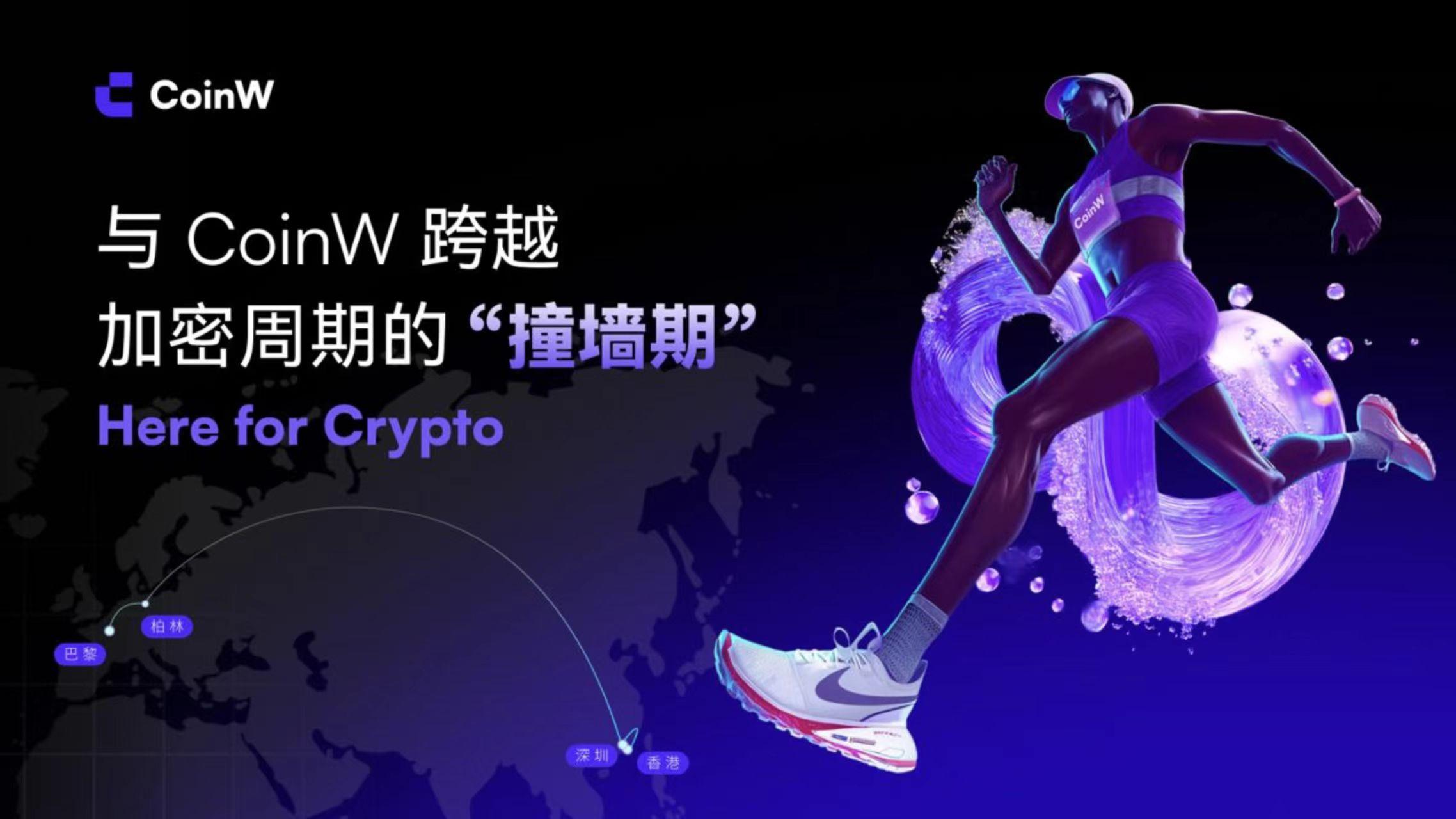Author: Liang Yu
Editor: Zhao Yidan
In 1997, the HTTP standard left a blank interface in the early blueprint of the internet—status code 402, "Payment Required." It was envisioned as the gateway for native web payments but has remained dormant for nearly thirty years due to a lack of technology and timely conditions. In 2025, Coinbase, along with Cloudflare, Google, and Visa, reignited it—x402 is not just a protocol; it may be the monetary grammar of the AI agent economy, a complement to the "payment layer" that has been absent from the internet for thirty years.
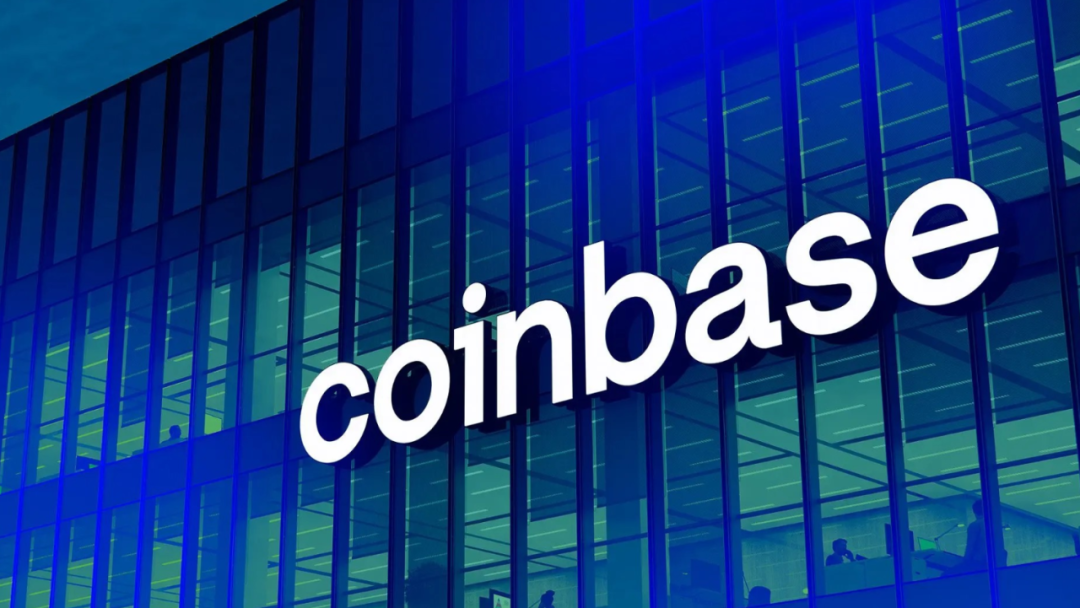
A dormant HTTP status code for nearly thirty years is becoming a key link between AI and blockchain, potentially reshaping the infrastructure for future value exchange. According to the official developer documentation released by Coinbase in May 2025, the x402 protocol aims to activate the long-idle HTTP 402 status code and build a native payment layer for the internet.
In just a few months after the protocol's launch, the x402 protocol rapidly grew from a niche developer project to the foundational payment layer of the AI agent economy. According to on-chain data statistics from Dune Analytics, as of October 2025, the on-chain transaction volume of the x402 protocol surged by 701.7%, and the transaction amount skyrocketed by 8218.5%, with daily transaction volumes approaching $140,000.
Part One: The Regret and Reboot of the Internet
The Missing Link of the Internet
The internet has a fundamental flaw: it lacks a native payment layer. When we look back at the development of the internet, we find that it has achieved great success in information transmission—HTTP protocol has made global data exchange seamless and efficient. However, when it comes to value exchange, the internet has always relied on external, centralized payment systems.
The historical dilemma of internet payments is mainly reflected in two aspects. According to the Trusted Agent Protocol white paper released by Visa Developer Center in October 2025, traditional payment systems face the impossibility of micropayments; the fixed fee of $0.30 per credit card transaction plus about 3% transaction fee makes any transaction below $1 economically meaningless. At the same time, the fragmentation of user experience also hinders the large-scale application of payments; traditional online payments require users to register accounts, set up API keys, and bind payment information, making the process cumbersome and posing security risks.
The HTTP 402 status code was originally a reserved interface from the early days of the internet, symbolizing "future payments." But in that era, no technology could make it truly operational. Thus, this code lay dormant for 27 years. It wasn't until the maturity of blockchain technology, especially with Ethereum L2 networks like Base reducing transaction costs to a fraction of a cent, and compliant stablecoins like USDC providing reliable units of account, that payments at the $0.01 level became economically feasible.
From a historical perspective, internet payments have evolved through three stages. In the Web 1.0 era (1990-2005), the internet had information flow but no capital flow, with payments entirely reliant on offline channels. The Web 2.0 era (2005-2020) saw the emergence of centralized payment gateways like PayPal and Stripe, which bypassed the native payment layer of HTTP and established their own closed ecosystems. The Web 3.0 era (2020 to present) has provided the technological possibility to reboot HTTP 402, and the x402 protocol was born in this context.
Technical Principles of the x402 Protocol
The core innovation of the x402 protocol lies not in creating entirely new technology but in cleverly combining existing technologies to form a simple and efficient solution. Essentially, x402 is an open protocol that enables AI agents to autonomously complete transactions via blockchain.
The workflow of the x402 protocol can be simplified into four steps. The client initiates an access request to a protected resource; if the request does not include a valid payment credential, the server returns a "402 Payment Required" status code and specifies the required fee in the JSON payload; the client signs the payment authorization with its wallet and attaches the signature to the request header, then re-initiates the request; the verification service validates the signature, settles the payment on-chain, and then the server grants access to the resource.
Key technical components include three parts. First is the native HTTP integration; x402 utilizes the existing HTTP protocol without needing to change the internet's infrastructure. Second is the payment coordinator, which can verify whether the client's payment authorization is legitimate and then assist in completing the payment on-chain, making it easier for API developers to integrate x402 payments. Third is the blockchain abstraction layer, which currently primarily uses the Base chain but is chain-agnostic, supporting multiple blockchain networks.
Compared to traditional payment methods, x402 shows overwhelming advantages in micropayment scenarios. According to official data from the Base chain, traditional payment channels like credit cards typically charge about $0.30 in fixed fees plus about 3% transaction fees, while on the Base chain, the transaction cost of x402 is less than $0.0001. Traditional payments can take days to complete final settlement, while x402 can achieve on-chain final confirmation in about 2 seconds. Credit card payments carry a transaction reversal risk of up to 120 days, while x402's on-chain payments are final and irreversible once confirmed.
But the more important question is—why is all this happening in 2025? Past micropayment experiments failed due to high transaction costs and insufficient on-chain execution efficiency. The Base chain has reduced transaction costs to $0.0001, making "program-level settlement" a reality. At the same time, AI agents require payment interfaces that do not need human intervention, providing a natural demand scenario for x402. The convergence of the two technological waves of blockchain and AI in 2025 creates a perfect opportunity to reboot the HTTP 402 payment layer.
Part Two: When AI Starts "Paying": The Intersection of x402 and the Agent Economy
AI Agent Economy
With the rapid development of AI technology, AI agents are becoming the new focus in the tech field. However, as OpenAI launched the o1 model, Claude supported computer operations, and Google released Gemini 2.0, the industry faces a common problem: how to enable AI agents to autonomously complete payments? The x402 protocol precisely addresses this pain point.
Traditional payment methods are extremely unfriendly to AI agents. According to Gartner's 2024 AI Agent Market Report, it is predicted that by 2030, the transaction volume dominated by AI agents will reach $30 trillion, but the existing payment systems require extensive manual setup and maintenance, making it impossible for AI to operate independently. Currently, to allow AI agents to access paid APIs, one must manually register on various platforms, bind credit cards, and maintain API keys—the entire process relies on human intervention, which contradicts the autonomy concept of AI agents.
The core value that the x402 protocol brings to AI agents is reflected in three aspects. It "kills the API key," allowing payments to be completed directly through HTTP requests, enabling AI agents to access paid APIs without human intervention; it resolves the dependency on manual and third-party payment platforms; and it cuts off the high commissions of credit cards and third-party payment intermediaries. This enables AI agents to truly achieve autonomous economic behavior, laying the foundation for the explosion of the agent economy.
The scenario of machine-to-machine payments is rapidly expanding. In API calls, trading bots pay $0.02 for real-time market data for each request; in computing resources, AI models pay $0.50 per minute for GPU usage for model training; in data retrieval scenarios, research AI pays $0.25 to access a paid research article. These seemingly small transactions, when scaled, form a massive market.
As AI agents begin to "consume," the definition of the human economy is also being rewritten. The commercial prospects of AI agents autonomously making payments have already been recognized by the market. Gartner predicts that by 2030, the transaction volume dominated by AI agents will reach $30 trillion, and agent commerce will become an inevitable massive market in the future. By then, the blockchain industry will find its second global "product-market fit" through x402, following stablecoins.
Tech Giants Bet on HTTP 402: The Second Competition for Payment Standards
If the AI agent economy defines the technical direction of x402, then the involvement of tech giants determines its fate. The rapid rise of the x402 protocol is not only due to its inherent value of technological innovation but also relies on the support of a carefully constructed, cross-industry strategic alliance.
Core supporters and key time nodes outline the development trajectory of the x402 protocol. In May 2025, Coinbase officially released the x402 protocol, launching it in collaboration with partners like AWS, Anthropic, Circle, and NEAR; on September 15, Google announced the integration of x402 into its Agent Payments Protocol, marking the formal endorsement by internet giants; on September 23, Coinbase and Cloudflare jointly initiated the x402 Foundation to ensure the protocol's open governance and neutrality; on October 13-14, global payment giant Visa announced its support for the x402 standard through its Trusted Agent Protocol.
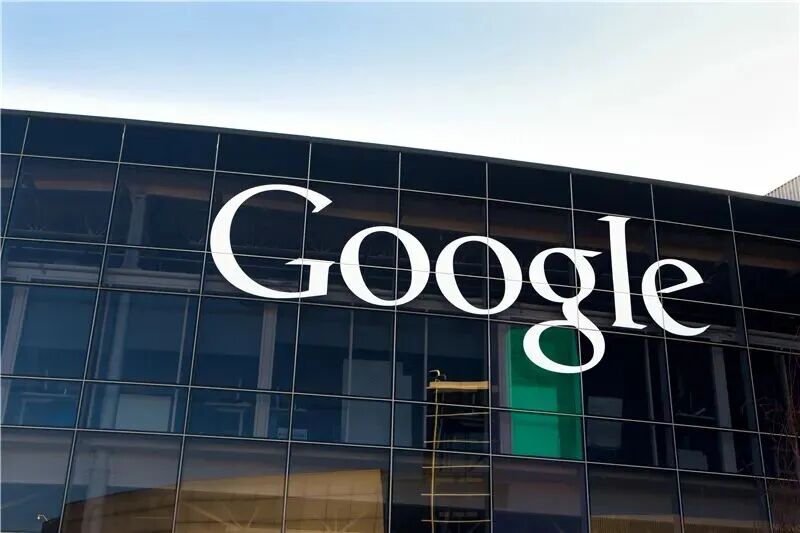
The strategic intentions of major tech giants deserve in-depth analysis. From the perspective of the competition for payment standards, x402 may become the "SWIFT of Web3," and the involvement of giants like Visa and Google is precisely because they see this potential value. As the creator of the protocol, Coinbase serves as the official service provider for Base L2 operations, with a strategic goal of building infrastructure for the "agent network." Cloudflare, in collaboration with Coinbase, initiated the "x402 Foundation," and its "Agents SDK" service has integrated the x402 protocol, enabling AI agents to easily complete payments over the internet.
Comparing the closed payment loops of Web2 (Apple Pay, Alipay) with the open payment ecosystem of x402 reveals a fundamental difference in technical routes. Web2 payments form a closed garden, while x402 builds an open protocol economy. Although x402 claims to be open, the governance of its foundation is currently still concentrated among a few tech giants. The fate of open standards often takes a turn here: it may become a new form of closed ecosystem.
The composition of this cross-industry alliance clearly indicates that all parties are committed to making x402 a universal industry standard rather than a proprietary tool of any one company. The concept of the Open Protocol Economy is fully reflected here, as all parties reach a consensus at the protocol level while maintaining competition, laying the foundation for the entire AI agent economy.
Evolution of the Ecosystem
A vibrant ecosystem has rapidly formed around the x402 protocol, reflecting strong interest from the developer community and powerful network effects. From infrastructure to application layers, various projects are supporting the development of the x402 protocol at all levels.
A representative group of projects has emerged in the application ecosystem. Questflow serves as a multi-AI agent workflow layer, allowing multiple AI agents to autonomously coordinate and execute tasks; AurraCloud is an AI agent infrastructure aimed at crypto-native applications; PayAI provides multi-chain x402 payment service support, including Solana; Daydreams offers support for x402 in the LLM inference process for applications and AI agents; Gloria AI is a real-time news platform built for traders, creators, AI agents, and automated systems.
The x402 Bazaar is the most critical component of the ecosystem, creating a standardized, machine-readable service index that allows agents to dynamically query, discover, and automatically invoke services without any human intervention. For example, a travel planning agent needs to complete a booking; it discovers weather APIs, flight APIs, hotel APIs, and car rental APIs sequentially through the Bazaar, automatically paying for each call and completing the entire complex booking in seconds.
From the perspective of network effects, the x402 ecosystem is showing typical "protocol network effects"—the more AI agents use x402, the more service providers will support it, thereby attracting more AI agents to join. Once this positive cycle is established, x402 could become the default payment layer for the AI agent economy.
Part Two: Market Tension and Future Order
Market Heat and Token Phenomenon
In October 2025, the rapid rise of the x402 protocol and its ecosystem tokens had a multi-faceted impact on the cryptocurrency market. From price fluctuations to on-chain activities, from stablecoin usage to market sentiment, the x402 protocol triggered a series of chain reactions.
The changes in price and trading levels are particularly noteworthy. According to CoinGecko, the total market capitalization of x402 concept tokens represented by PING has surpassed $100 million, achieving explosive growth almost overnight. As the first token minted directly through the x402 protocol, PING's market cap skyrocketed from $0 to $20 million in just a few days, peaking at $30 million, creating an astonishing wealth effect.
The on-chain fundamental data is equally impressive. Dune Analytics data from the past 30 days shows that the number of x402 protocol transactions increased by 35,000%, exceeding 1 million; the number of buyers grew by 244,000%, surpassing 68,000. The latest 24-hour data indicates that the number of transactions reached 424.85 thousand, with a transaction volume of $483.87 thousand and the number of unique buyers at 25.61 thousand.
A key point needs clarification: x402 is an open protocol and does not have an official native token. The "x402 token" category mentioned in the market refers to project tokens built using the x402 protocol.
The significance of this token frenzy may not lie in the price but in the fact that people are testing the payment channel of HTTP 402 with real money for the first time. Abstract developer Jarrod Watts believes, "The key issue is not 'why this token needs to exist,' but to acknowledge that most people in the cryptocurrency industry are here to make money, and the so-called x402 tokens just happen to create a perfect speculative market."
Challenges and Risk Analysis
Despite the enormous potential of the x402 protocol, there are still multiple challenges and risks on its development path. From technology to regulation, from market competition to ecological sustainability, these obstacles need to be overcome one by one.
Technical risks are paramount. As an emerging protocol, the x402 protocol's capabilities in authentication, privacy protection, and defense against complex attacks still need time to be tested. Critics point out that its architecture lacks modern privacy protection technologies such as zero-knowledge proofs (zk-ID). Additionally, malicious prompt injection and infinite spending loops are potential threats.
Speculative risks cannot be ignored either. Currently, many popular "x402 ecosystem tokens" have no direct relationship with the protocol itself; they are more about market speculation based on concepts, leading to severe price volatility. SlowMist reminds users, "x402 is only responsible for payments and does not include the issuance of tokens or additional content; due to the recent rise in PING token popularity, users should be cautious in authorizing signatures to prevent financial risks."
Regulatory risk is another issue that must be addressed. According to the compliance framework for on-chain payment gateways by the U.S. SEC (2024 Coinbase Base regulatory document), meeting the financial regulatory requirements of different regions (such as KYC) is a challenge. Does an HTTP layer payment request constitute a 'financial activity'? The current regulatory framework remains vague. If HTTP 402 is considered a payment instruction, protocol developers may need to obtain a payment service provider license—this will directly impact the adoption of x402. The EU MiCA regulation has ambiguous classifications for "payment intermediary protocols," while Hong Kong's virtual asset licensing system has clear licensing requirements for payment services.
Competition risks come from multiple fronts. This field is not without competitors; for example, projects like Nevermined also offer similar solutions and have their advantages in payment model flexibility and compliance tools. From the perspective of network effects, x402 needs enough service providers and using agents. This is a classic "chicken and egg" problem.
Future Outlook and Evolution Path
Based on the current development trends and technical roadmap, the future development path of the x402 protocol has begun to take shape. From short-term speculation to long-term infrastructure building, x402 may evolve along a unique trajectory.
The planning for the x402 V2 version reveals the direction of protocol evolution. A clearer three-layer architecture will distinctly separate the core specification layer, facilitator service layer, and SDK tool layer, allowing each layer to focus on its responsibilities. Separating resources and payments will distinguish resource descriptions from payment instructions, maintaining the simplicity of payment logic. A unified network naming standard will be adopted, covering blockchains like Ethereum and Solana, as well as traditional payment methods like USD and bank transfers.
The development stage predictions can be divided into three levels. In the short term (1-3 months), the x402 ecosystem may continue to see new token issuance projects emerge, along with more self-proclaimed "orthodox" new projects. In the medium term (6-12 months), as more websites support x402, the demand for AI agents to purchase data and computing power will proliferate with the AI boom. If the current momentum continues, x402 could become one of Coinbase's most successful developer-led initiatives. In the long term (1-2 years), the x402 protocol has the potential to become the Web3 payment standard, comparable to HTTPS for Web2.
The trend of internationalization and competitive standards is also worth noting. Whether x402 could become the "SWIFT of the AI economy" remains an open question. At the same time, competitive standards may emerge in Asia, led by Alibaba, Tencent, or the Monetary Authority of Singapore (MAS). The competition for payment standards is not only a technological contest but also a struggle for dominance in the future AI economy.
Market outlook analysis indicates that the x402 protocol represents a redesign of internet infrastructure. From being defined in 1997 to being awakened in 2025, this story is about waiting—waiting for AI, waiting for blockchain, waiting for technology to mature. The conditions are now ripe.
From on-chain data, the x402 protocol has processed over 1 million transactions, with more than 68,000 unique buyers. Behind these numbers is a desire for a native internet payment method.
Tech giants have already placed their bets, developers are building the ecosystem, and the market is expressing its views with real money. But ultimately, whether the x402 protocol can truly realize its vision depends on its ability to transition from a speculative phase to a phase of genuine commercial application, becoming an indispensable infrastructure for the AI agent economy.
Thirty years ago, HTTP left an unfinished footnote—402. Thirty years later, AI and blockchain have completed it. When machines start paying for machines, humanity may be witnessing the true closure of the internet economy. This time, payment no longer belongs to humans but to agents.
The key moving forward will be whether regulators in various countries are willing to open legal interfaces for machine payments—that will determine whether x402 is merely a technological carnival or a true reboot of internet order.
Some sources of information:
- “HTTP 402 and Micropayments: A Code That Has Slept for Thirty Years Awakens in the AI Era”
- “x402 Solves the Original Sin of the Internet: Advertising”
- “In-Depth Analysis of the x402 Protocol: Coinbase Partners with Tech Giants to Build a Native Payment Layer for AI”
- “30x Big Dog Birth, What Other Projects in the x402 Protocol Are Worth Attention?”
免责声明:本文章仅代表作者个人观点,不代表本平台的立场和观点。本文章仅供信息分享,不构成对任何人的任何投资建议。用户与作者之间的任何争议,与本平台无关。如网页中刊载的文章或图片涉及侵权,请提供相关的权利证明和身份证明发送邮件到support@aicoin.com,本平台相关工作人员将会进行核查。
